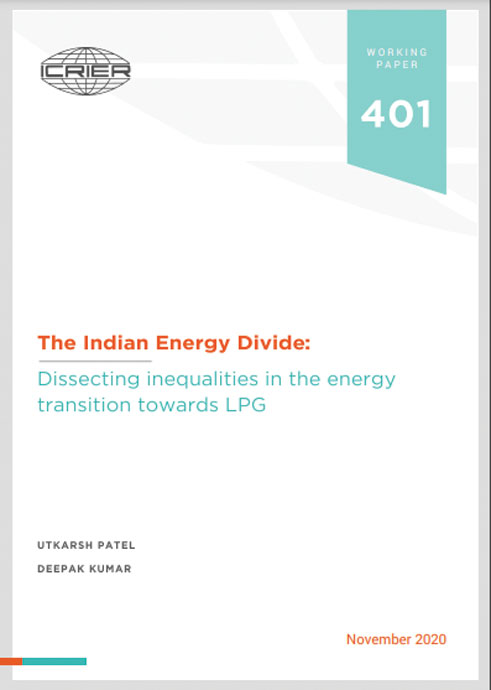
Indoor air pollution in Indian households due to traditional biomass burning is a significant health burden. Clean fuels, such as liquified petroleum gas (LPG), offer sustainable alternatives. Over the years, the LPG adoption rate in India has increased; however, it is not enough to meet the UN Sustainable Development Goals by 2030. Inequalities in energy access owing to socio-cultural, regional and economic reasons persist among households. Using the India Human Development Survey 2005, 2011-12 panel data, we estimate the likelihood of energy transition based on LPG accessibility of vulnerable households, from nine low-income states of India. Among other factors, we find strong positive evidence of cultural factors such as gifting LPG-based cooking kits in weddings, income security through formal employment or entrepreneurship, and awareness via media exposure on LPG adoption. We also highlight the existence of significant regional disparities in LPG access among the states under study and between rural-urban areas. An interaction-based analysis reveals that the difference in probability of LPG adoption between rural and urban households can be attenuated by improving economic status, creating job opportunities in non agricultural sectors and disseminating information through mass media. Energy policies that are more inclusive and integrated with rural development programmes are recommended.




